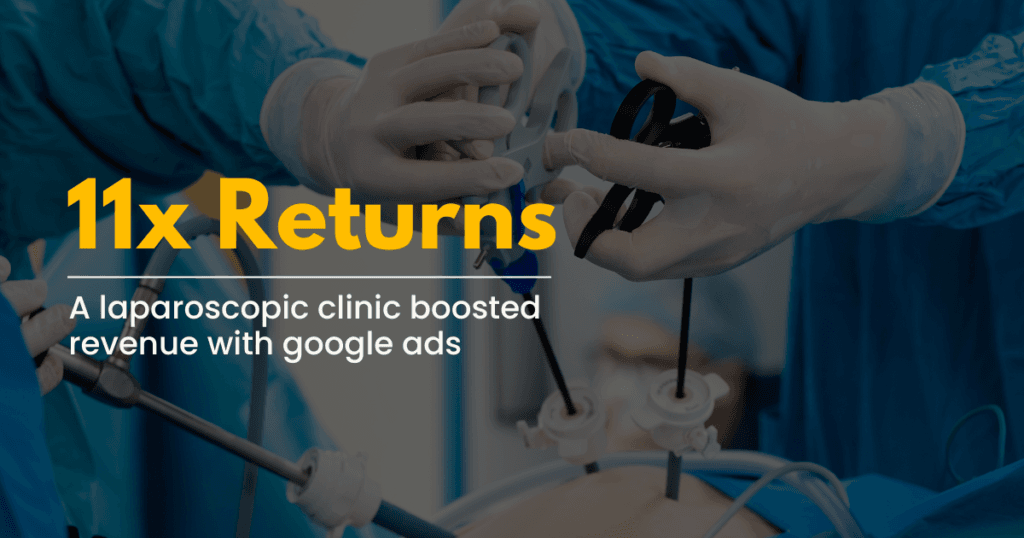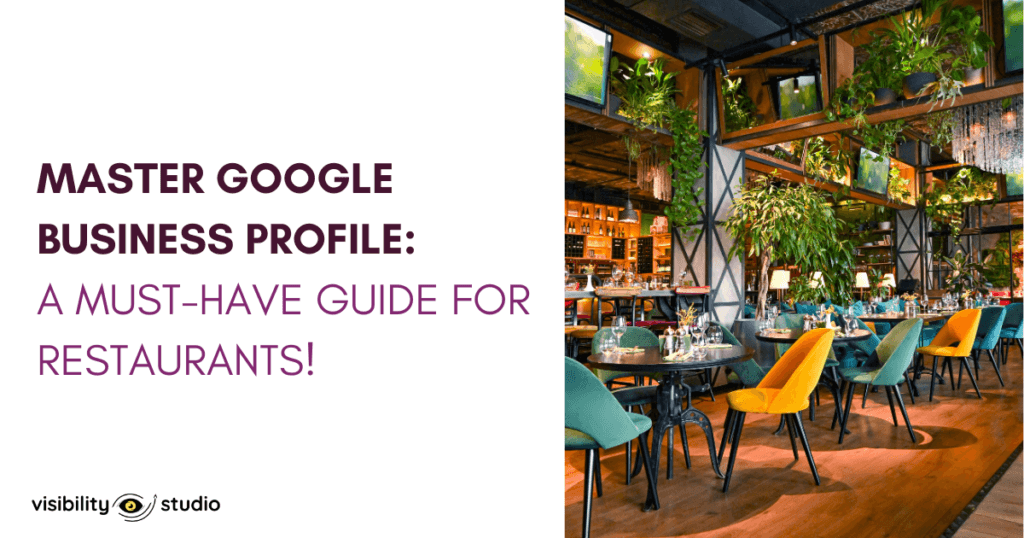Stop Doing SEO the Old Way! Here’s What Actually Works in 2025
Ever had someone tell you ‘SEO is dead’? Honestly I’ve lost count of how many times I’ve heard it this year. The funny thing is, digital marketers all over the world tell a very different story. Well, grab your favorite drink because this blog is going to be one hell of a ride! Let’s start with something basic: Google processes over 8,323,333,333 searches every single day. That’s like every person on Earth doing three searches daily! And here’s the truth – Google’s still the king of traffic, driving 63.41% of all U.S. web visits. Does that sound “dead” to you? I don’t think so! But, What’s Happening to SEO in 2025? Remember the good old days when SEO was just keyword stuffing and link building? Those days have gone. Now, SEO has evolved like a Pokemon into something way more powerful! Here’s what’s really happening in 2025: The Multi-Platform Revolution People aren’t just using Google anymore – they’re searching on TikTok, Amazon, Reddit, and even asking AI assistants like ChatGPT. We now call this “Search Everywhere Optimization” because that’s exactly what it is! Businesses who’ve embraced this approach are seeing traffic increases that would make your jaw drop. AI: The Game-Changer We Needed Google’s rolling out 12+ algorithms changes daily (yes, daily!), and they’re all powered by super-smart AI. Instead of freaking out, smart businesses are using this to their advantage. Think of AI as your friend and not a foe! What Actually Works in 2025? User Experience Is Everything! You know that feeling when you walk into a perfectly organized store? That’s how your website should feel. Google’s watching things like: E-E-A-T Is Your Best Friend! Expertise, Experience, Authority, and Trustworthiness have become crucial factors: Niche Is Nice! Focusing on your specialty helps you stand out in the crowded digital space. When you nail down your niche, you become the go-to expert in your field. Content That Makes People Go “Wow!” In 2025, it’s not about writing novels – it’s about giving people exactly what they’re searching for. Successful businesses create content that: The Personalization Game Google’s now like your personal shopping assistant – it remembers what you like, where you are, and what you’ve searched before. Businesses nail this personalization by: The Social Search Revolution TikTok and Instagram aren’t just for dance videos of Adisson Rae anymore – they’re serious search engines! People are using social media to find everything from restaurants to products. Our data shows that businesses ignoring social search are missing out on up to 40% of potential traffic! Action Items for Success What you should do right now: The Bottom Line The truth is…SEO isn’t dead – it’s just gotten a lot smarter. The businesses crushing it in 2025 aren’t the ones with the biggest budgets – they’re the ones who understand that SEO is about connecting with real people. It’s about showing up where your audience is looking and giving them exactly what they need. Stop asking if SEO is dead. Start asking how you can evolve with it. Because while everyone else is panicking about changes, you could be positioning your business for massive growth. Remember, in this wild digital world, you don’t have to figure it all out alone. That’s what we’re here for at Visibility Studio – making SEO simple, effective, and maybe even a little exciting! Let’s make your business more visible than ever!







